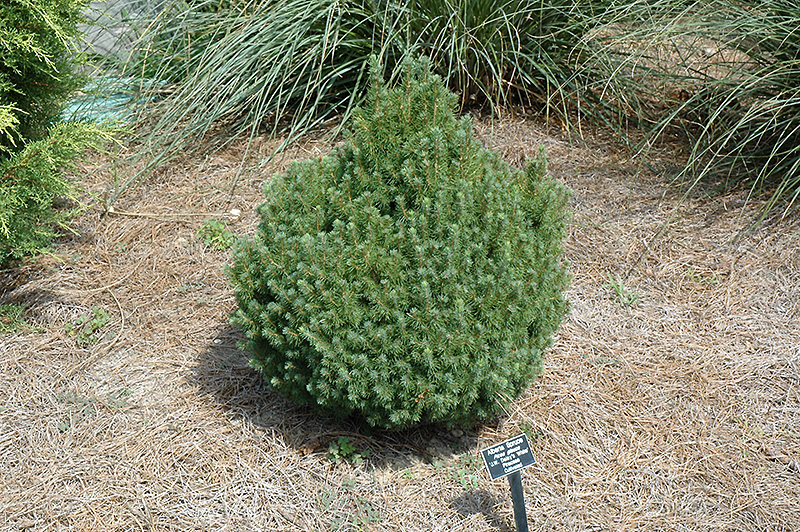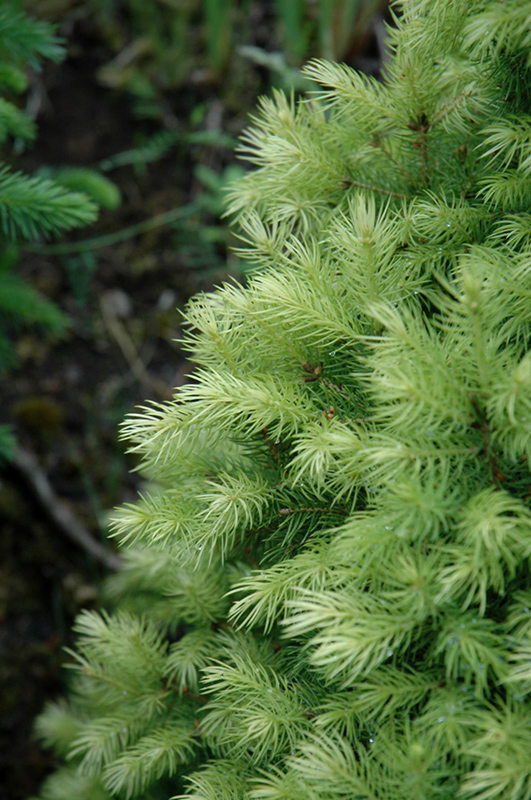J.W. Daisy's White Spruce
Picea glauca 'J.W. Daisy's White'
Height: 3 feet
Spread: 3 feet
Sunlight:
![]()
Hardiness Zone: 3
Description:
A distinctive cultivar featuring bright yellow new foliage that morphs to white, before maturing to blue-green; makes an exceptional focal point or grouping; one of the best dwarf spruces; very unique, hardy and tough
Ornamental Features
J.W. Daisy's White Spruce is a dwarf conifer which is primarily valued in the garden for its interestingly mounded form. It has attractive powder blue-tipped bluish-green foliage with hints of white which emerges yellow in spring. The needles are highly ornamental and remain bluish-green throughout the winter.
Landscape Attributes
J.W. Daisy's White Spruce is a dense multi-stemmed evergreen shrub with a mounded form. It lends an extremely fine and delicate texture to the landscape composition which should be used to full effect.
This shrub will require occasional maintenance and upkeep. When pruning is necessary, it is recommended to only trim back the new growth of the current season, other than to remove any dieback. It has no significant negative characteristics.
J.W. Daisy's White Spruce is recommended for the following landscape applications;
- Accent
- General Garden Use
Planting & Growing
J.W. Daisy's White Spruce will grow to be about 3 feet tall at maturity, with a spread of 3 feet. It tends to fill out right to the ground and therefore doesn't necessarily require facer plants in front. It grows at a slow rate, and under ideal conditions can be expected to live for 50 years or more.
This shrub should be grown in a location with partial shade. Keep it away from hot, dry locations that receive direct afternoon sun or which get reflected sunlight, such as against the south side of a white wall. It prefers to grow in average to moist conditions, and shouldn't be allowed to dry out. It may require supplemental watering during periods of drought or extended heat. It is not particular as to soil type or pH. It is somewhat tolerant of urban pollution, and will benefit from being planted in a relatively sheltered location. Consider applying a thick mulch around the root zone in both summer and winter to conserve soil moisture and protect it in exposed locations or colder microclimates. This is a selection of a native North American species.


